Consumers and businesses are increasingly turning to digital platforms for relevant product and service information, making it critical for companies to effectively meet and exceed customer expectations through digital services and technology. Microsoft Dynamics 365 is helping organizations meet this challenge by connecting and unifying commerce and marketing activities.
By bringing together solutions such as Dynamics 365 Commerce and Dynamics 365 Marketing, businesses can more effectively target and deliver engaging, intuitive, and user-friendly digital commerce buying experiences. These tools allow organizations to leverage machine learning models, artificial intelligence infused-personalization, and event and data-driven customer journeys, to deliver bespoke buying experiences across B2B and B2C markets.
Personalized and intuitive experiences
To effectively compete in omnichannel retail, businesses need technology solutions that allow them to deliver personalized and intuitive shopping experiences. Many customers want their shopping experience to be somehow personalized. Effective personalization can also increase store revenue. Yet, delivering personalized and intuitive experiences can be challenging for businesses that, despite multiple in-person interactions with customers and ongoing engagements with them online, cannot collect and connect the data from these experiences.
By unifying the data from every customer touchpoint, retailers can develop a more meaningful and holistic understanding of their customers. This deeper understanding can then be leveraged to quickly move customers from evaluation to purchase decision, regardless of the channel in which the customer chooses to engage. Ultimately, by delivering personalized and intuitive shopping experiences, retailers can improve overall conversion rates and maximize the lifetime value of their customers.
Ste. Michelle Wine Estates
One retailer that is seeing the benefits of delivering personalized and intuitive experiences is Ste. Michelle Wine Estates. Ste. Michelle Wine Estates, one of the largest premium wine companies in the United States, prides itself on superior consumer experiences. To unify its consumer data and provide opportunities for innovation, Ste. Michelle deployed Dynamics 365 Commerce across all of its wine brands.
“The more we know about the consumerand the more adept we can be at using that information in intelligent waysthe better we can make technology an enabler of consumer satisfaction.” Joe Gregg, Chief Information Officer, Ste. Michelle Wine Estates
Learn more: Ste. Michelle Wine Estates customer story
Seamless omnichannel services
Personalized digital customer engagement extends well beyond the confines of online marketplaces and digital storefronts. To deliver a fully seamless and frictionless buying experience, merchants must be able to effectively transition from online to brick-and-mortar and back againand do this without losing the personal touch.
Consumers are more likely to buy from retailers who reference past purchase experiences. These are easy feats for properly configured information systems in online environments, but transitioning to in-store, team member-led experiences can be tricky.
To be effective in this effort, retailers need to empower in-store team members with relevant and timely consumer data. Providing the correct data at the right time can be difficult when retailers are amassing a large amount of consumer data. Fortunately, Dynamics 365 Commerce can leverage AI and machine learning capabilities to deliver personalized recommendations, insights, and loyalty programs access directly into the hands of brick-and-mortar team members. Ultimately, by connecting digital, in-store, and back-office operations in a single retail platform, merchants can deliver the seamless purchase journeys that modern consumers and businesses have come to expect.
Signature Cosmetics & Fragrances
A retailer positioning itself to take advantage of the benefits of seamless omnichannel service is Signature Cosmetics & Fragrances. Signature Cosmetics & Fragrances, a leading cosmetics and fragrance group, understood the impact the COVID-19 pandemic and subsequent lockdowns would have on its network of more than 170 stores across South Africa, Botswana, and Namibia.
When the company began its modernization program by implementing Dynamics 365 Finance and Operations, it did not immediately consider the benefits of connecting its commercial activities in a seamless omnichannel service. As the project moved forward and they gained experience in e-commerce, they quickly grasped the value of such an approach. By implementing Dynamics 365 Commerce, Signature Cosmetics & Fragrances can now deliver a seamless experience across product categorization and loyalty programs in its brick-and-mortar stores and online. One example is that the company can now directly connect a customer’s online wish list with in-store sales opportunities.
“Part of the project plan is once we have all this data following through the productivity software in retail, e-commerce, and supply chain, we will have Power BI sitting above everything and drawing from various departments to present it as reports that really help us make decisions.” Akheel Pragjee, Managing Director of the Signature Group
Learn more: Signature Cosmetics & Fragrances customer story
Next steps
As we have seen, delivering a personalized digital customer engagement is a fundamental necessity for modern retailers. Dynamics 365 provides the ability to adapt and innovate with the only portfolio of business applications that empowers your organization to deliver operational excellence and delight every customer. Two of our solutions, Dynamics 365 Commerce and Dynamics 365 Marketing, combine to allow your company to provide a unified, or connected, commerce solution. Try our free Dynamics 365 Commerce trial today to get started creating personalized and friction-free digital commerce experiences for B2C and B2B businesses.
The post Deliver personalized digital customer engagement with Dynamics 365 appeared first on Microsoft Dynamics 365 Blog.
Brought to you by Dr. Ware, Microsoft Office 365 Silver Partner, Charleston SC.
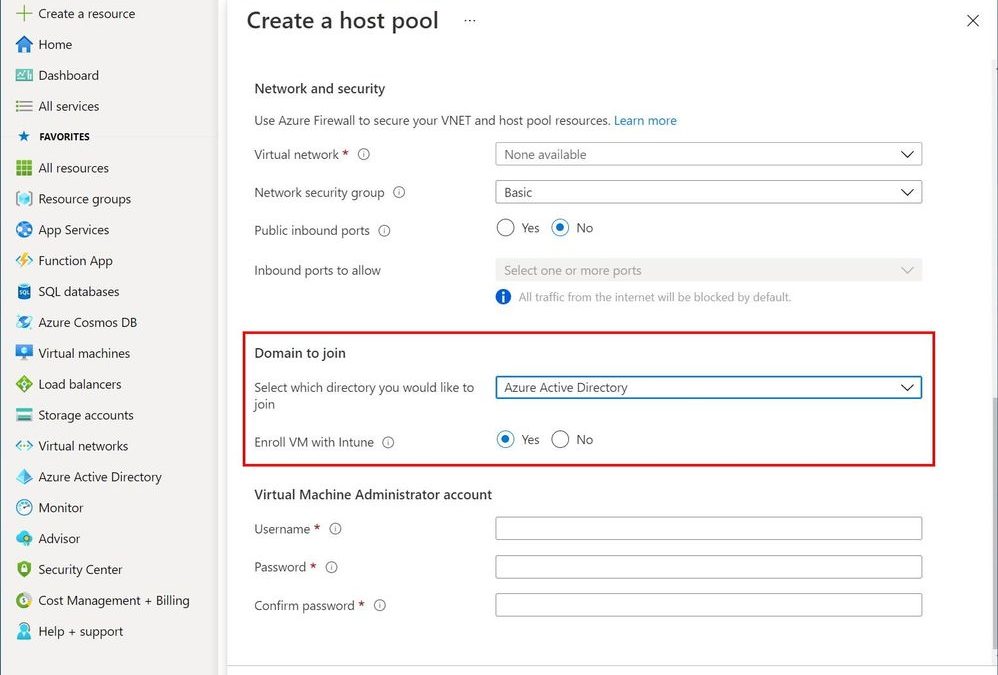
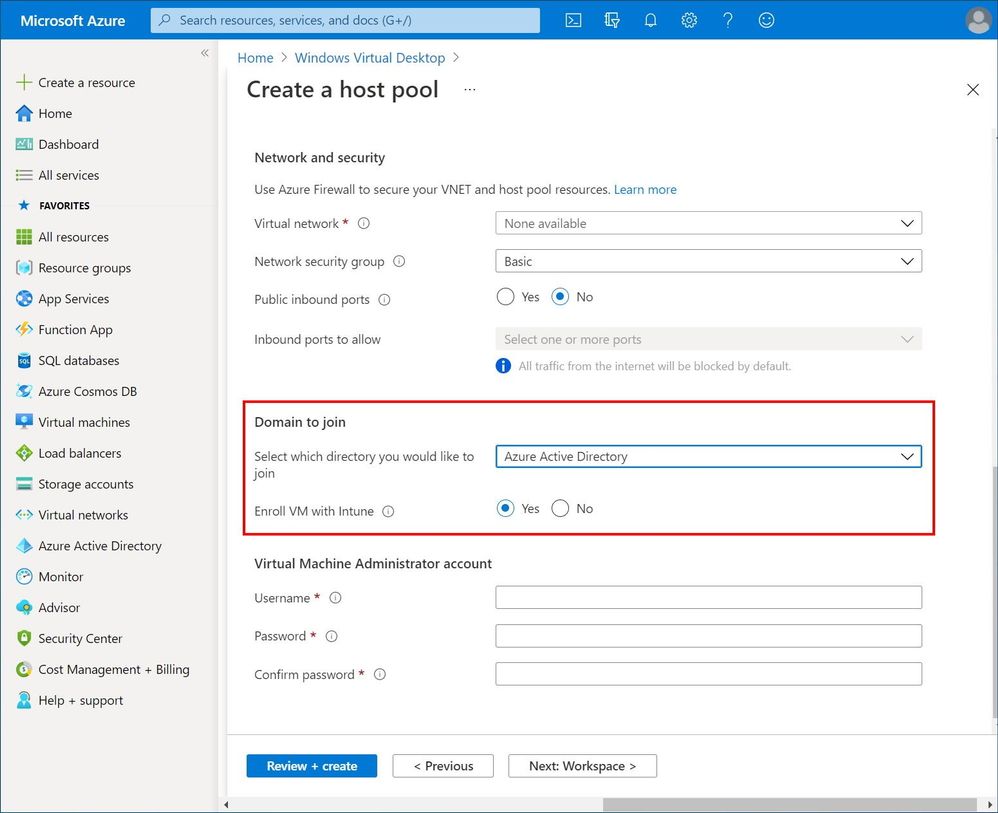 Azure portal showing the new Azure AD and Intune options for Azure Virtual Desktop host pools.
Azure portal showing the new Azure AD and Intune options for Azure Virtual Desktop host pools.

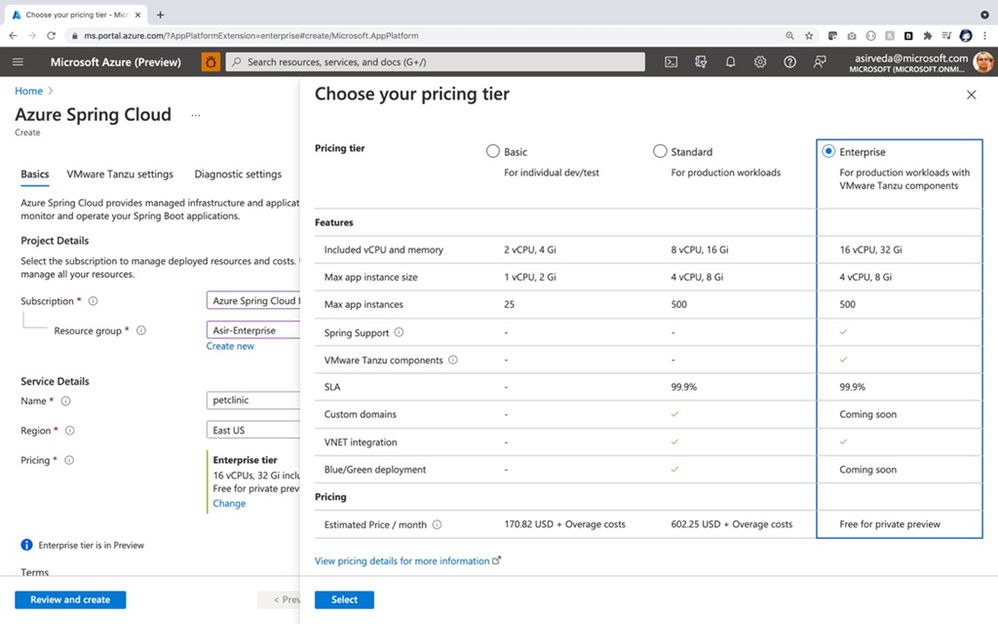
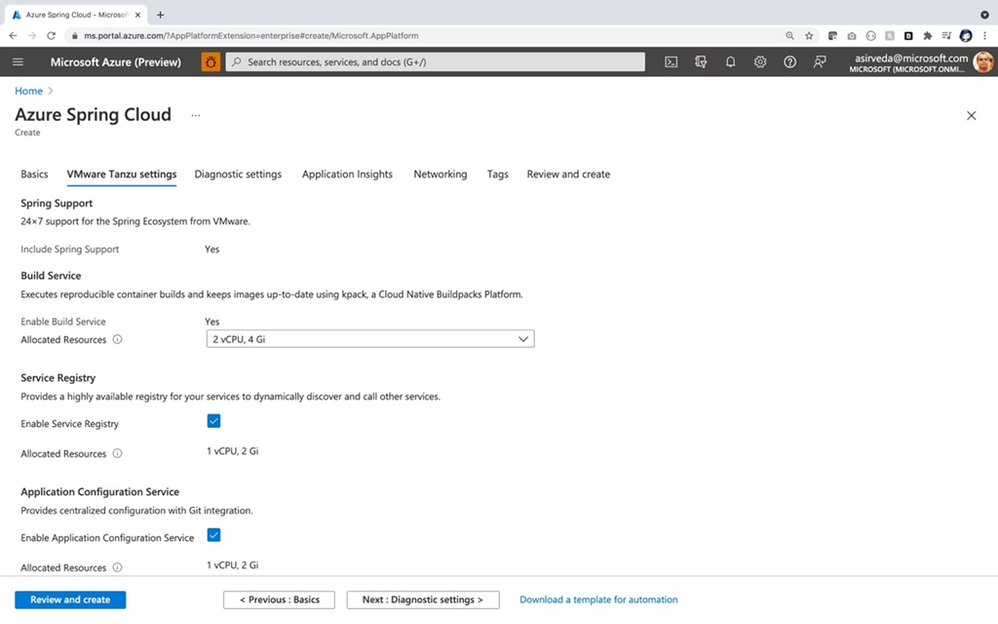
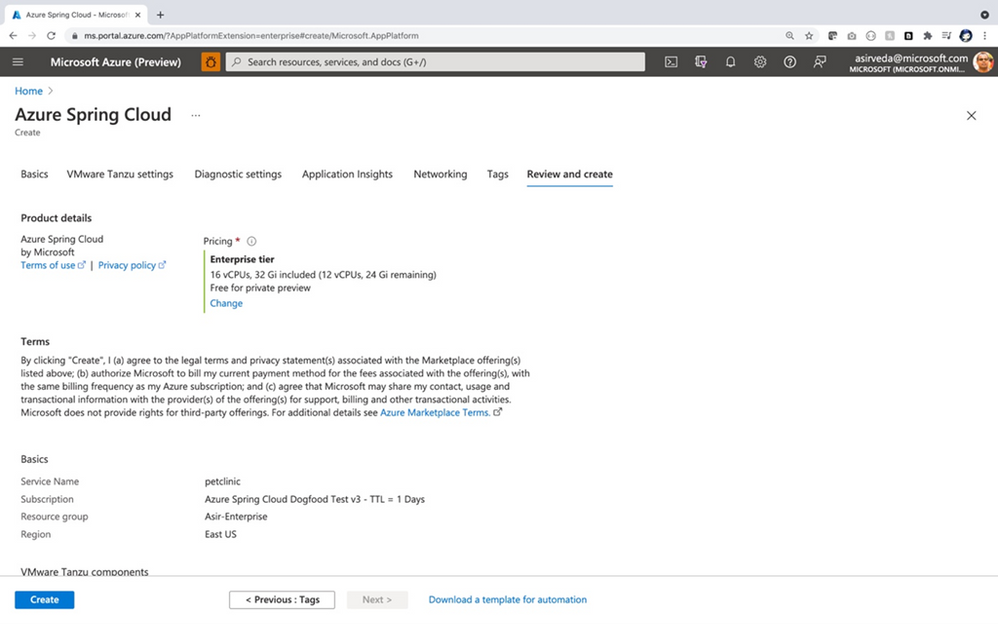
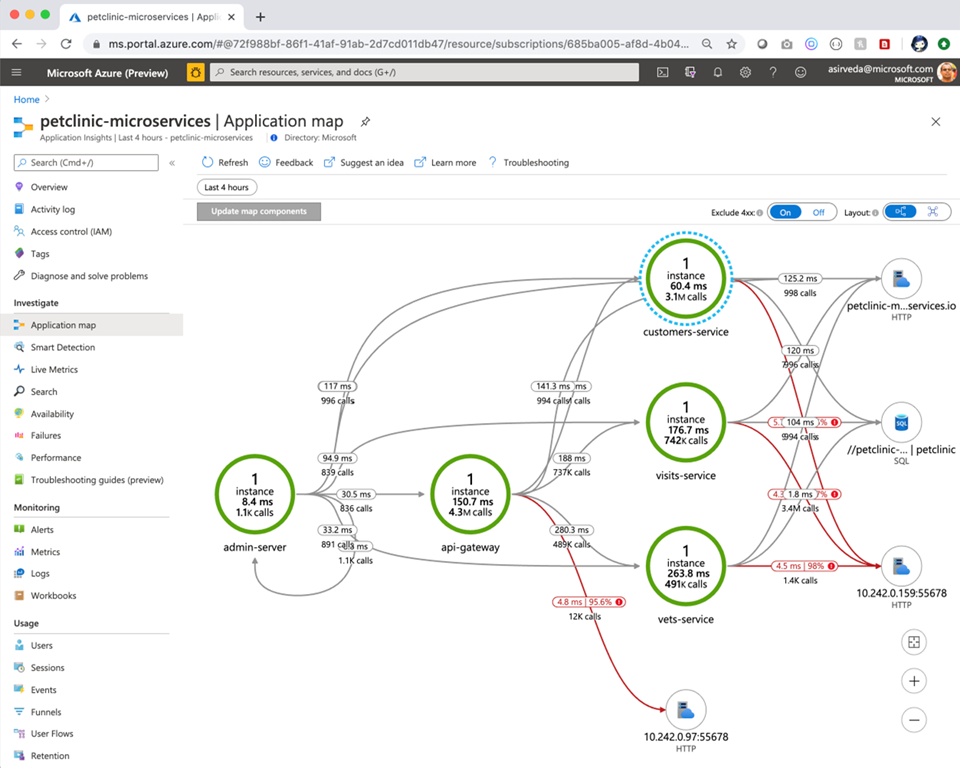

Recent Comments